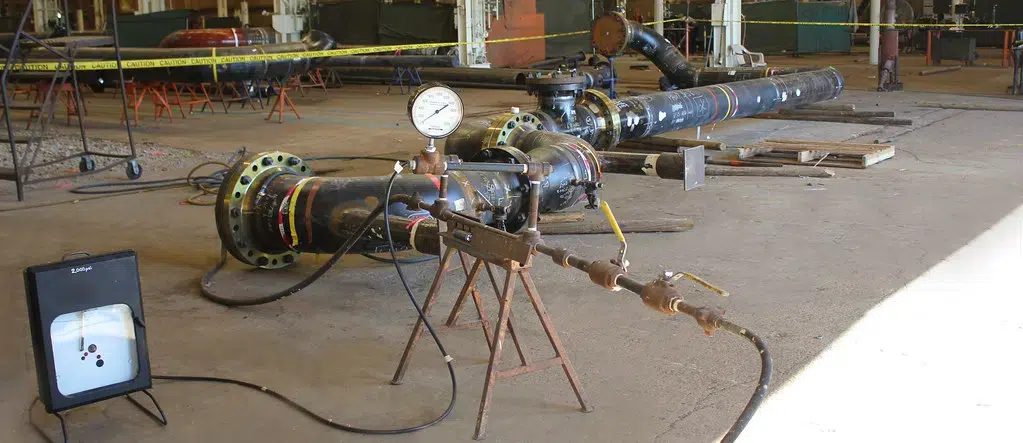
Pneumatic Testing
Welcome to [NDT Inspection Portal]’s pneumatic testing group, a place for professionals to connect... View more
Examples of pneumatic testing
Examples of pneumatic testing
Pneumatic testing is a type of testing that uses pressurized gas to evaluate the performance or strength of a material, component, or system. Some examples of pneumatic testing include:
Burst testing: In this type of testing, a sample of the material is placed inside a sealed chamber and pressurized with gas until it ruptures. The pressure at which the sample bursts is then measured and used to determine the strength of the material.
Leak testing: In leak testing, a sample of the material is placed inside a sealed chamber and pressurized with gas. The pressure inside the chamber is then monitored to detect any leaks or other defects in the material.
Compression testing: In compression testing, a sample of the material is placed under increasing levels of pressure until it fails or reaches a specified level of compression. This can be used to determine the compressive strength of the material.
Impact testing: In impact testing, a sample of the material is subjected to a sudden impact, such as a hammer blow or drop from a certain height. The amount of force required to break the sample or cause it to fail is then measured and used to evaluate the impact resistance of the material.
Fatigue testing: In fatigue testing, a sample of the material is subjected to repeated cycles of stress, such as bending or twisting, to evaluate its ability to withstand repeated loads over time. The number of cycles required to cause the material to fail is then measured and used to determine its fatigue strength.
Sorry, there were no replies found.
Log in to reply.